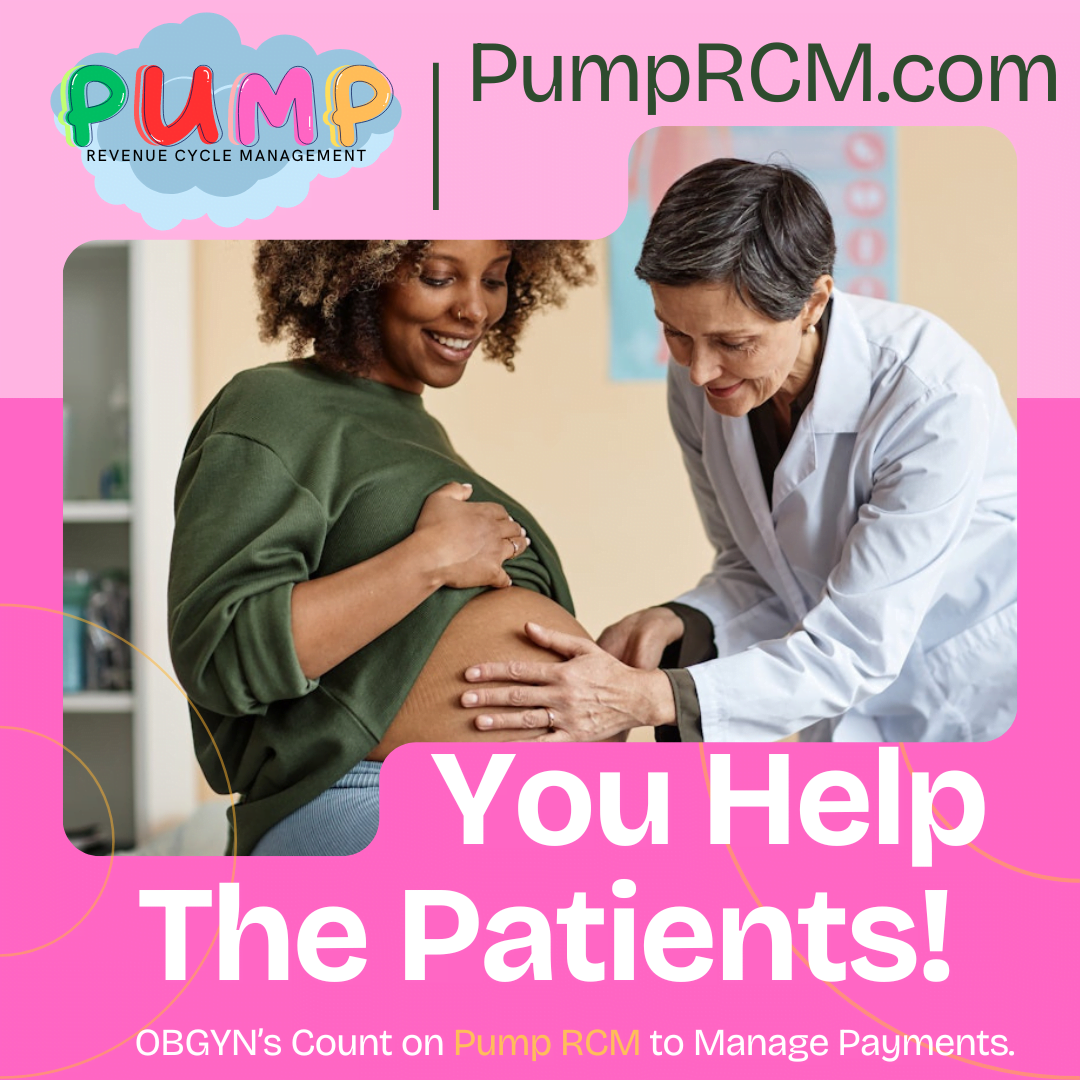How Healthcare RCM Solutions Streamline Payment and Collections
Wiki Article
Discover Exactly How Medical Care RCM Processes Transform Administrative Tasks Into Seamless Operations
In the ever-evolving landscape of healthcare, Profits Cycle Monitoring (RCM) procedures have actually become a crucial force in changing administrative jobs into seamless procedures. By using cutting-edge innovation and fine-tuned techniques, RCM offers an advanced approach to handling client enrollment, payment, and asserts processing. These technologies not only reduce mistakes and improve performance but also accelerate capital and raise patient complete satisfaction. However, what exists beneath the surface area of this transformative shift? What detailed mechanisms and strategies are employed to guarantee such seamless combination? The response to these inquiries are vital for comprehending the future of medical care administration.Comprehending Healthcare RCM
Earnings Cycle Monitoring (RCM) in medical care is an essential procedure that ensures the economic wellness of medical establishments by managing the entire lifecycle of client solution revenue. It incorporates numerous management and medical features, starting from the first organizing of a clinical consultation to the ultimate collection of payment for services rendered. Healthcare RCM. RCM is crucial in taking care of the intricacies of billing and compensations, guaranteeing that doctor obtain payment for their services effectively and preciselySecret facets include patient scheduling, insurance policy verification, fee capture, claim submission, and repayment posting. RCM is not entirely regarding economic collections; it also aims to improve patient complete satisfaction by decreasing invoicing mistakes and boosting openness.
The effectiveness of RCM rests upon the seamless combination of modern technology and personnel experience. Employing sophisticated software application services enables healthcare institutions to automate recurring jobs, thereby minimizing administrative concerns. Furthermore, qualified personnel are necessary in navigating regulatory requirements and payer policies, guaranteeing conformity and optimizing earnings healing.
Improving Patient Registration
Enhancing person enrollment is a basic action in improving the performance of health care profits cycle management. It entails enhancing the preliminary interaction between clients and healthcare service providers to ensure a smooth information collection process. Secret parts consist of the accurate capture of patient demographics, insurance coverage confirmation, and authorization purchase. By digitizing these processes with incorporated electronic health and wellness documents (EHR) systems, medical care facilities can decrease mistakes, lower paperwork, and speed up patient throughput (Healthcare RCM).Automated systems aid in confirming insurance policy qualification in real-time, which not only reduces management worries however also enhances patient fulfillment by stopping unforeseen invoicing issues. Additionally, pre-registration processes enable clients to total types on the internet prior to their browse through, reducing delay times and allowing team to concentrate on more complicated tasks. This proactive method makes certain that all necessary details is gathered and verified prior to care is given, therefore preventing hold-ups in subsequent invoicing and declares processes.
Educating team to use these systems efficiently is critical. It guarantees that data entry is constant and exact, promoting a smooth change from client registration to other profits cycle processes. Ultimately, simplifying client registration lays the foundation for a more effective, patient-centered medical care delivery design.
Reliable Billing Solutions
Reliable invoicing options are indispensable to optimizing medical care revenue cycle management. They act as the foundation for making sure exact and prompt economic deals in between individuals, healthcare companies, and insurance policy firms. By leveraging innovative technology and streamlined processes, health care centers can substantially reduce invoicing errors, reduce delays, and boost capital. Implementing durable payment systems helps with exact charge capture, ensuring all services made are represented and billed properly. Automation tools can integrate billing data with medical documents, stopping and lowering disparities insurance claim rejections.Furthermore, reliable payment options encourage doctor to offer clear pricing and invoicing details to individuals, cultivating count on and boosting client satisfaction. Real-time payment systems enable medical care team to supply immediate responses on individual qualification and out-of-pocket costs, boosting the total person experience. These solutions likewise enable smooth combination with electronic wellness documents (EHR), making certain that payment and clinical info are in sync, decreasing administrative burdens on healthcare suppliers.
Incorporating effective payment services into the income cycle monitoring structure not just enhances functional effectiveness but additionally strengthens financial performance. By minimizing errors, accelerating payment cycles, and boosting patient interaction, health care companies can concentrate much more on delivering top quality treatment while maintaining economic sustainability.
Enhancing Claims Processing

In the realm of healthcare revenue cycle management, maximizing cases processing is crucial for keeping financial health and wellness and operational effectiveness. A streamlined claims procedure reduces the time in between solution distribution and repayment, therefore boosting capital and minimizing the chance of mistakes. Effective cases refining begins with precise paperwork and coding, which are important to make certain that cases are submitted without discrepancies that can bring about rejections or hold-ups.
Leveraging innovative innovation, such as automated insurance claims management systems, can significantly boost the efficiency of this procedure. These systems are created to automate repeated jobs, track cases via each stage, and flag potential concerns early. This not just decreases the management worry on staff but additionally increases the precision of submissions by decreasing human error.

Enhancing Earnings Collection

Additionally, denial monitoring plays a critical function in taking full advantage of revenue collection. Identifying patterns in claim rejections, understanding origin, and executing rehabilitative actions can substantially reduce recurring issues, thereby boosting capital. Suppliers must invest in durable analytics tools that assist in thorough reporting and analysis, enabling them to remedy and address denial patterns without delay.
Timely follow-up on exceptional claims is one more crucial element of income collection. Establishing an organized approach to check and pursue aged accounts ensures that no profits is left unclaimed. Employing committed staff or automated systems to track these claims can improve efficiency and make sure constant cash inflows.
Verdict
Health Care Revenue Cycle Monitoring (RCM) processes substantially enhance administrative performance by integrating innovative technology and human competence (Healthcare RCM). The automation of client registration, billing, and asserts handling increases and reduces errors capital, inevitably improving individual satisfaction through real-time insurance coverage site verification and transparent invoicing. By guaranteeing smooth operational circulation, RCM enables doctor to focus on high quality care while making the most of earnings recovery and keeping financial stability, hence changing management tasks right into efficient, structured operationsProfits Cycle Management (RCM) in medical care is a crucial procedure that guarantees the monetary health and wellness of clinical establishments by overseeing the entire lifecycle of person solution earnings.Simplifying person registration is a basic action in improving the efficiency of health care revenue cycle management. It includes optimizing the initial interaction in between individuals and medical care carriers to make sure a smooth information collection process.Additionally, efficient payment services encourage healthcare companies to use clear pricing and billing info to people, fostering count visit the website on and boosting individual contentment. Real-time payment systems allow healthcare staff to provide prompt comments on client qualification and out-of-pocket prices, enhancing the total client experience.
Report this wiki page